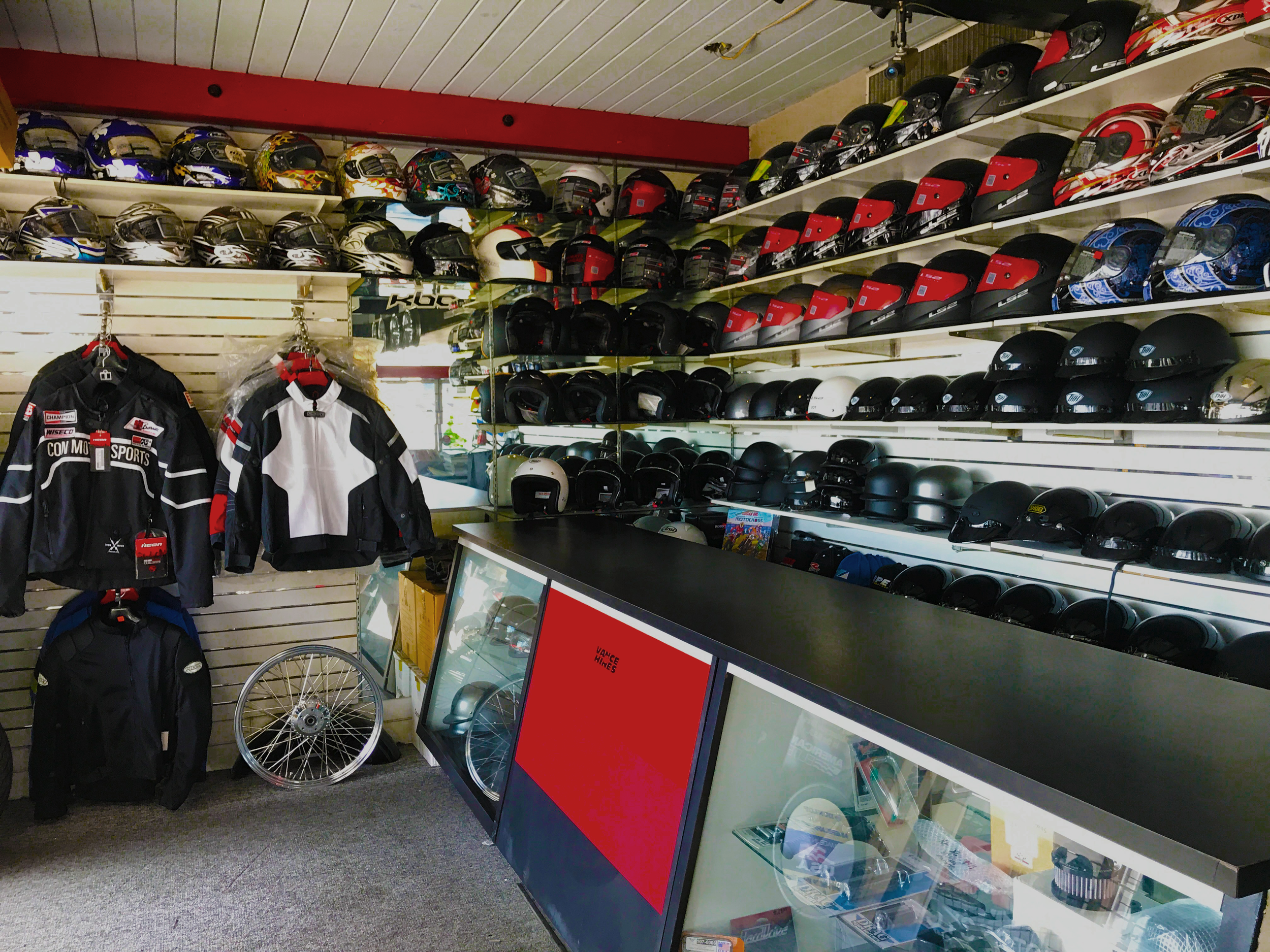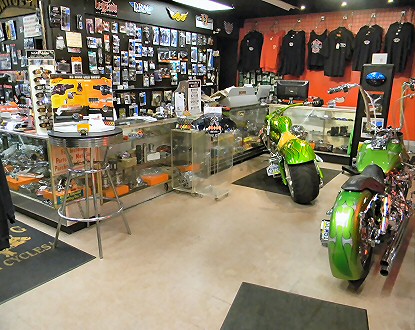Shop the very best MX Parts NZ for Your High-Performance Bike
Shop the very best MX Parts NZ for Your High-Performance Bike
Blog Article
Recognizing the Important Parts of a Motorcycle: A Comprehensive Overview for Fanatics
For motorbike enthusiasts looking to raise their riding experience and ensure their bikes run smoothly, comprehending the essential components of a motorbike is paramount. Each aspect, from the engine's intricate workings to the important duty of the braking systems, not only impacts efficiency but likewise security and convenience. This overview will certainly go through the basic components that every biker ought to be familiar with, making it possible for informed choices in both maintenance and prospective upgrades. As we start this expedition, one must ask: just how does each part interact to develop the seamless adventure every lover seeks?
Engine Parts

The camshaft plays a critical role in regulating the timing of the engine's valves, making certain the accurate opening and closing required for reliable fuel and air consumption, as well as exhaust expulsion. This timing is essential to keeping ideal engine efficiency and efficiency. Furthermore, the carburetor or gas injection system, depending upon the bike model, is accountable for blending air with gas in the appropriate proportion for burning.
The cooling system, either air or liquid-based, works to preserve the engine's temperature level within functional limits, stopping overheating and guaranteeing durability - motorcycle parts nz. Each part, carefully made and integrated, adds to the smooth procedure of the engine, defining the motorcycle's power output and overall efficiency
Transmission System
Indispensable to the motorcycle's functionality, the transmission system ensures efficient power transfer from the engine to the wheels. This system comprises several vital elements, consisting of the clutch, transmission, and last drive, each playing a vital duty in equating the engine's power right into movement. The clutch, normally operated by a hand lever, serves to engage and disengage the engine from the transmission, enabling smooth equipment adjustments and controlled acceleration.
The transmission, often described as the transmission correct, consists of a collection of gears that riders can by hand move with to adjust the bike's speed and torque outcome. These equipments are prepared in a series that makes it possible for the bike to increase smoothly and preserve ideal engine efficiency across different rates. A lot of motorcycles utilize a sequential gearbox, calling for the cyclist to change gears in a fixed order.
Braking Mechanisms
While recognizing the transmission system is vital to taking advantage of a motorbike's power, equally important is the ability to control and quit that power successfully, which is where braking systems enter into play. Brakes are crucial for safety and security and efficiency, offering see this site the motorcyclist with the essential control to navigate numerous terrains and problems. Normally, motorcycles include two sorts of stopping systems: disc brakes and drum brakes.
Disc brakes are extra widespread in modern-day bikes because of their exceptional efficiency. They include a brake disc, caliper, and pads. When triggered, the caliper presses the brake pads against the rotating disc, converting kinetic energy right into heat, consequently slowing the wheel. This system offers much better warmth dissipation, constant efficiency, and boosted quiting power, especially in wet conditions.
On the other hand, drum brakes, though less common, are still discovered in some bikes. They work by pushing brake footwear against the inner surface of a drum affixed to the wheel. While normally much less effective in warm dissipation and quiting power, drum brakes are simpler and much more affordable.
Understanding these braking systems' subtleties allows riders to maintain their motorbikes properly and value the design that makes sure effective and risk-free stopping.
Suspension and Steering
Suspension and steering systems are vital parts that dramatically affect a bike's handling and ride convenience. The suspension system, containing forks at the front and shock absorbers at the rear, absorbs roadway irregularities, boosting stability and control. Front forks, upside down or typically telescopic, bike exhaust shop near me compress and rebound to mitigate influences, while back shock absorbers keep tire contact with the road, essential for grip and safety.
Steering, focused around the handlebars, links the rider to the motorbike's directional control. The steering head bearings guarantee smooth procedure, enabling precise ability to move. Proper positioning and maintenance of these bearings are crucial for foreseeable steering action and reducing biker fatigue.
The suspension's adjustability is an additional important element; preload, damping, and rebound setups allow personalization to fit numerous riding designs and problems. This adaptability is essential for maximizing efficiency, whether navigating metropolitan streets or taking on rugged tracks. Developments like digital suspension systems offer real-time changes, enhancing experience quality across varied surfaces.

Electric Solutions
After making certain a smooth and controlled adventure with efficient suspension and steering systems, interest turns to the electrical systems, an essential facet of modern motorcycles. These systems play a crucial function not only in starting the engine yet additionally in powering different elements that boost the functionality and safety and security of the bike.
At the heart of a motorbike's electrical system is the battery, which stores electrical energy required for beginning the engine and powering auxiliary systems - motocross parts nz. The generator or generator, coupled with the rectifier-regulator, guarantees the battery stays billed while the motorbike is in operation, transforming power right into electrical energy and keeping voltage levels
The ignition system, one more vital part, is in charge of igniting the air-fuel mix in the engine's cylinders. Modern motorbikes often utilize an electronic ignition system, supplying better effectiveness and reliability compared to traditional systems.
Illumination systems, including headlights, tail lights, and indications, are additionally essential, ensuring presence and safety and security for the motorcyclist. Added digital parts such as sensors, control units, and shows add to innovative features like fuel injection management, anti-lock stopping systems (ABS), and digital control panels, additionally boosting the riding experience.
Conclusion
A thorough understanding of a motorbike's important elements, consisting of the engine, transmission system, stopping devices, suspension, guiding, and electric systems, is important for fanatics intending to optimize performance, convenience, and security. Mastery of these aspects enables notified choices concerning upkeep and upgrades, ultimately improving the riding experience. By incorporating this expertise, bikers can guarantee their motorcycles operate at peak effectiveness and reliability, consequently making the most of both pleasure and durability of their vehicles.
For bike fanatics looking to boost their riding experience and ensure their bikes run smoothly, understanding the essential components of a bike is critical.Integral to the bike's functionality, the transmission system makes certain reliable bike gloves leather power transfer from the engine to the wheels.While understanding the transmission system is crucial to using a bike's power, similarly vital is the capability to regulate and quit that power successfully, which is where stopping mechanisms come right into play. Typically, motorbikes include 2 types of braking systems: disc brakes and drum brakes.
A complete understanding of a bike's essential components, consisting of the engine, transmission system, braking systems, suspension, steering, and electrical systems, is essential for enthusiasts aiming to enhance performance, comfort, and safety.
Report this page